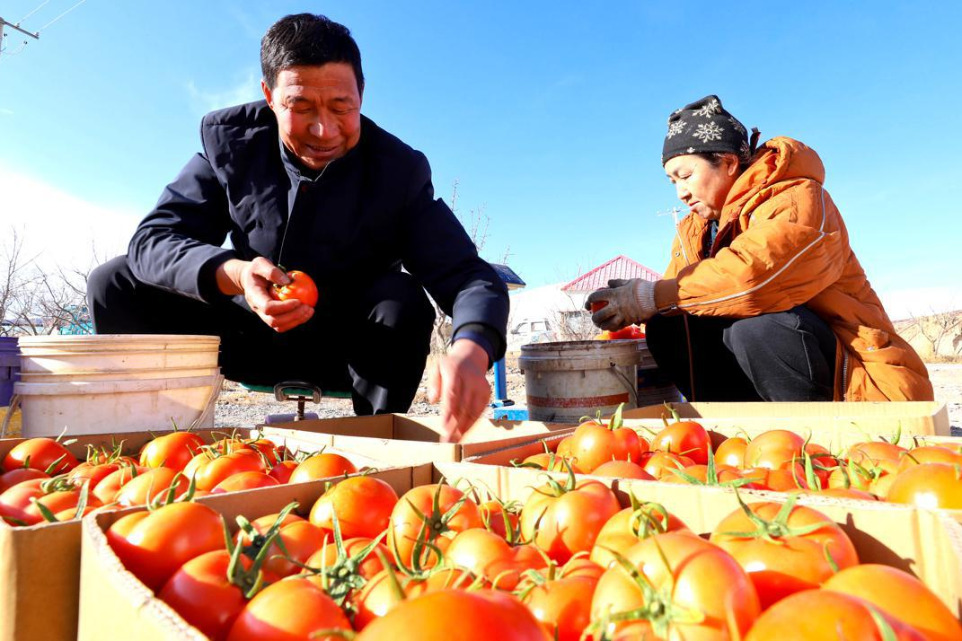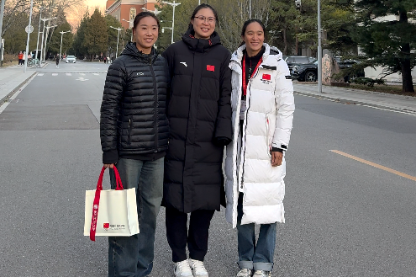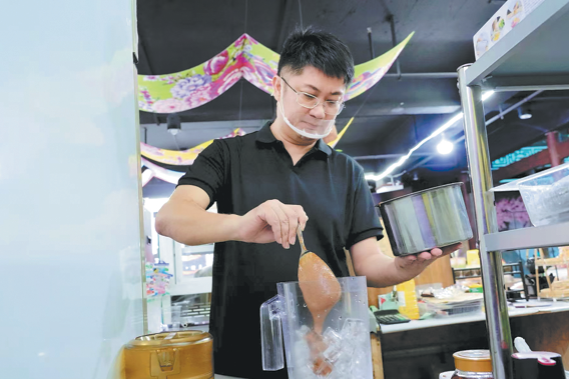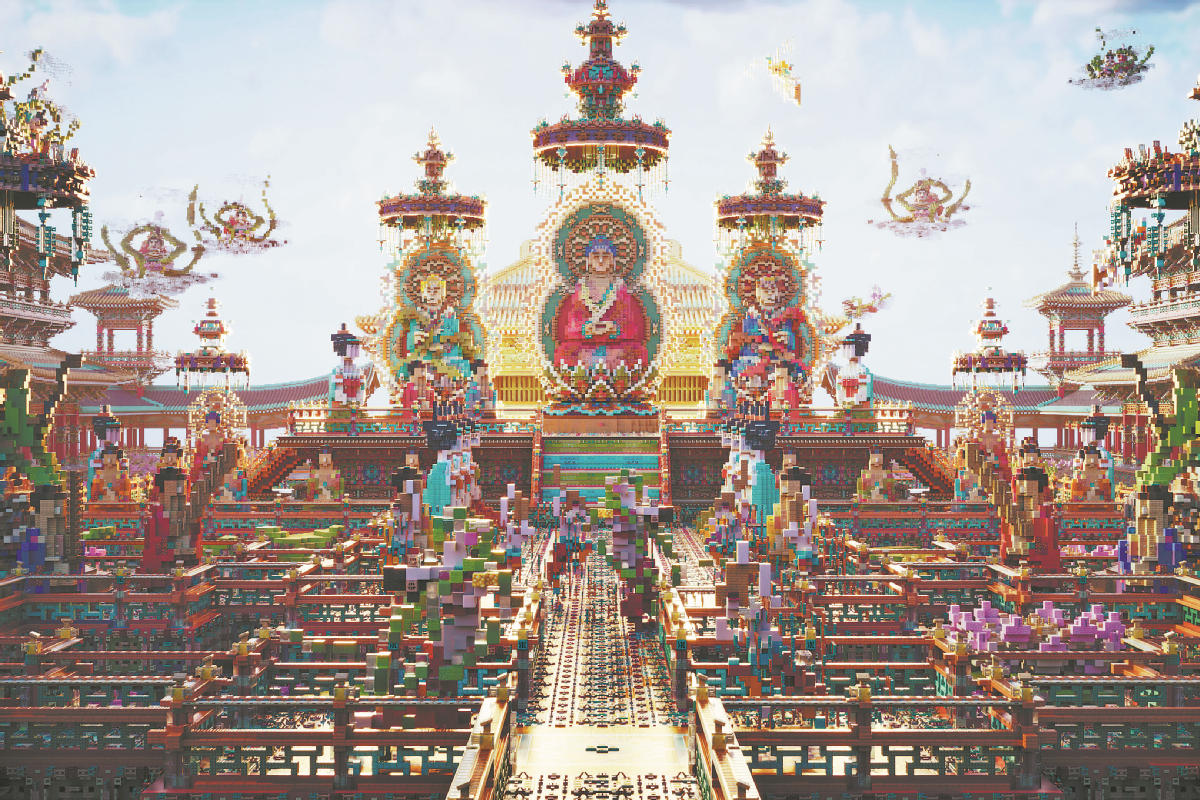The green touch
Joyce Yip meets some of the artists, and a curator, who have spent decades trying to draw attention to environmental concerns through their works.

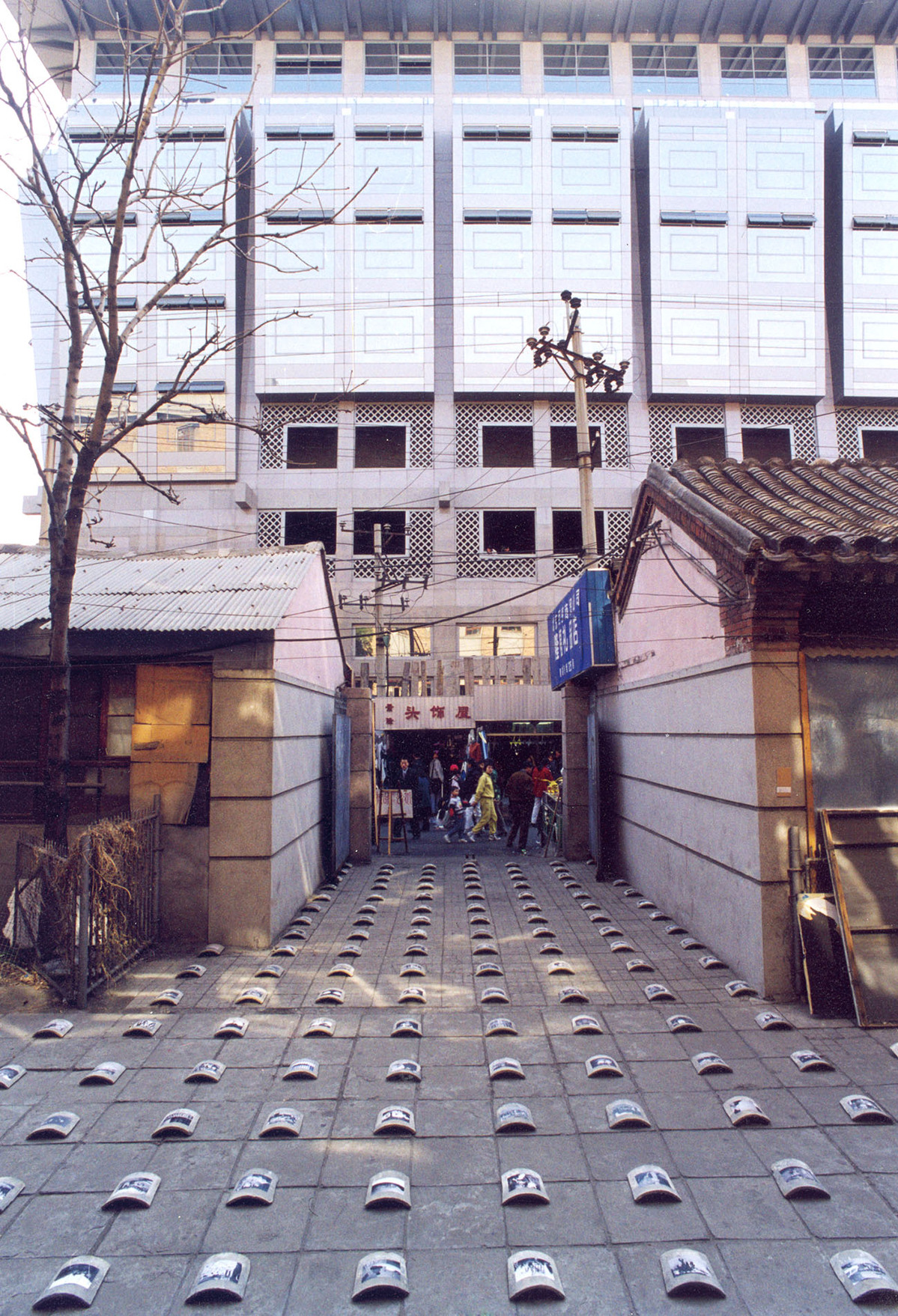
Memory makers
Chinese contemporary artists Song Dong and his wife, Yin Xiuzhen, are both represented by Mao. Their expansive exhibitions featuring what they call "evidences of livelihoods" - including family relics, leftover building materials and household items as well as rejected ceramic objects and textiles - evoke both grief and remembrance of a lost generation defined by poverty and the "cultural revolution" (1966-76).
Like Lam in the early stage of her career, Song and Yin too have received their fair share of bewildered looks for their unconventional choice of materials. Also like Lam, they grew up in a milieu where one could not afford to throw things away and hence consider every object they own as useful to their creative process. Yin says that the secret ingredient that can turn trash into art is the artist's touch.
"These objects had their days of splendor once. They are the evidence of history, experiences and stories that belong in our memory," she adds. "It is up to the artists to give them a new understanding and meaning. If a tile is used to make a roof, it is a building material. Throw it away, and it is just garbage."
In 1998, Yin picked 128 cement roof tiles out of many that were discarded after a Beijing courtyard house was demolished to make way for a shopping mall. She stuck a black-and-white photo of everyday life in the neighborhood on each tile, laying them out in parallel rows. Called Transformation, the work was her attempt to capture the final fragments of both the architecture and the people that she had known and cherished.
Seven years later, Song launched Waste Not, an exhibition of more than 10,000 objects that belonged to his late mother, who refused to throw away anything lest it became useful one day. The work has since traveled to New York's Museum of Modern Art and the M+ museum in Hong Kong.
"Since art is undefinable, it's great to have controversies and questions raised around it," Song says. "While eco art may not be able to make a difference to the climate crisis, it has the potential to impact the way humans respond to nature and become aware of their own living habits."
- Alliance of Open Life Science expands global reach with new membership invitations
- Winter harvest keeps markets supplied in Linze, Gansu
- Wanfenglin's karst peaks wear ethereal winter veil in Guizhou
- Spokesperson reiterates resolute opposition to foreign interference in Taiwan question
- Innovation sustains Beijing's winter crayfish palate
- Chinese research named among Physics World's top 10 breakthroughs of 2025
















